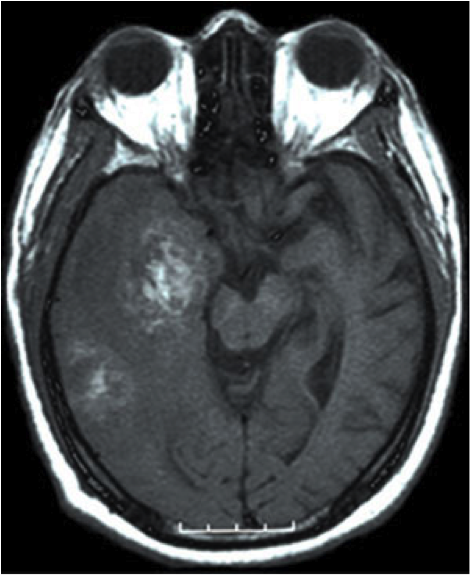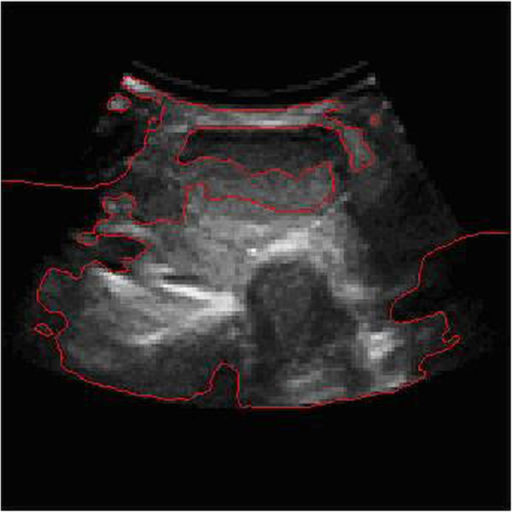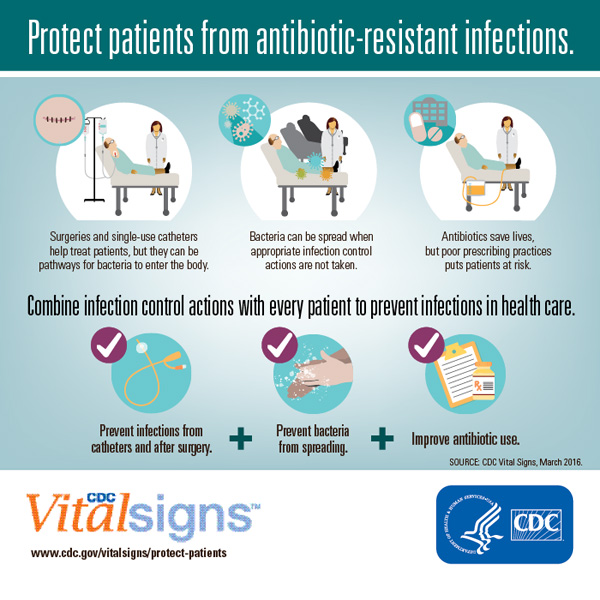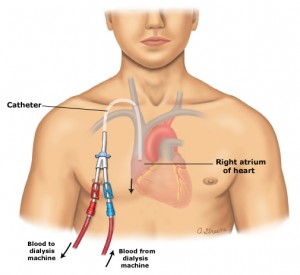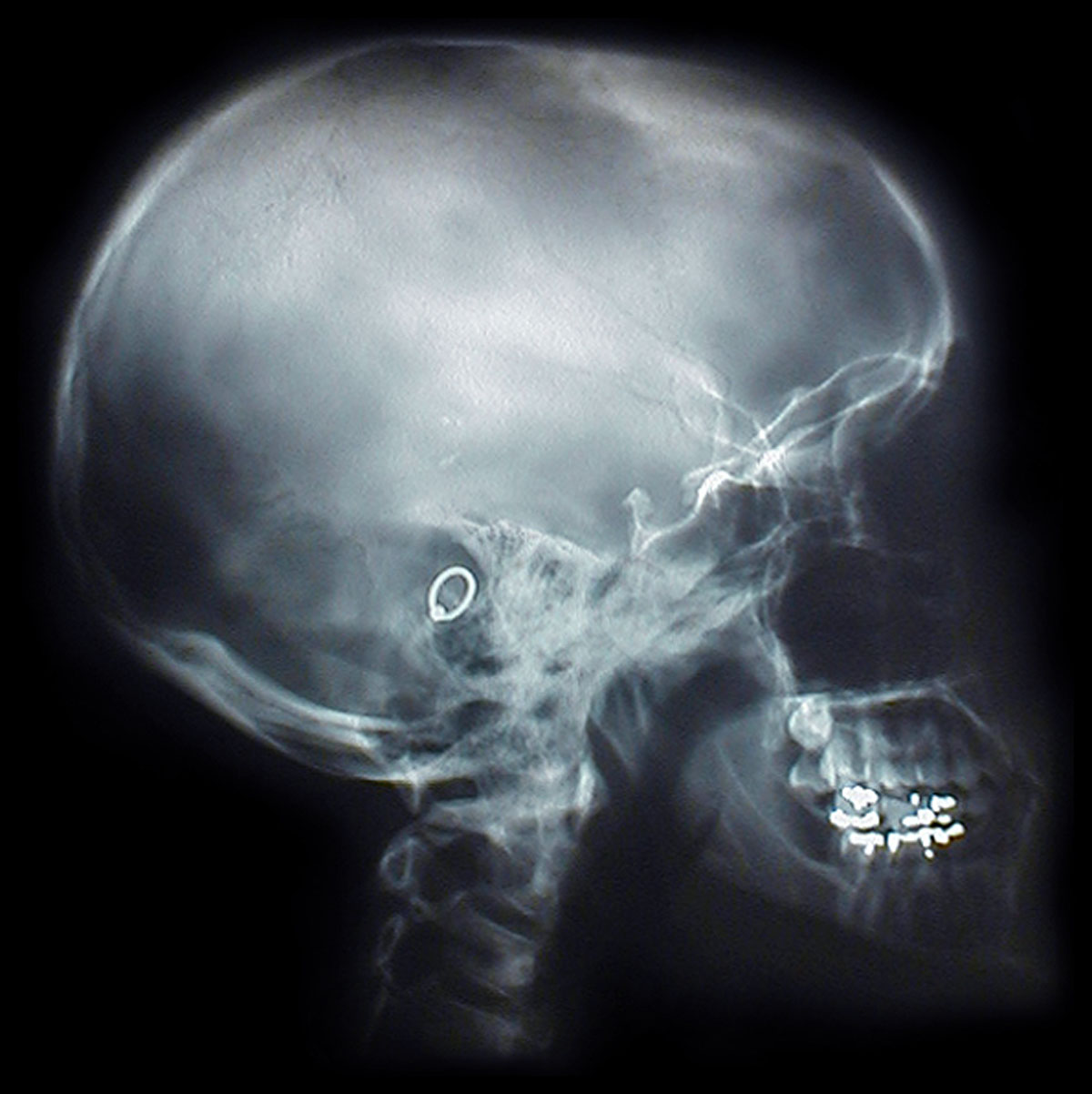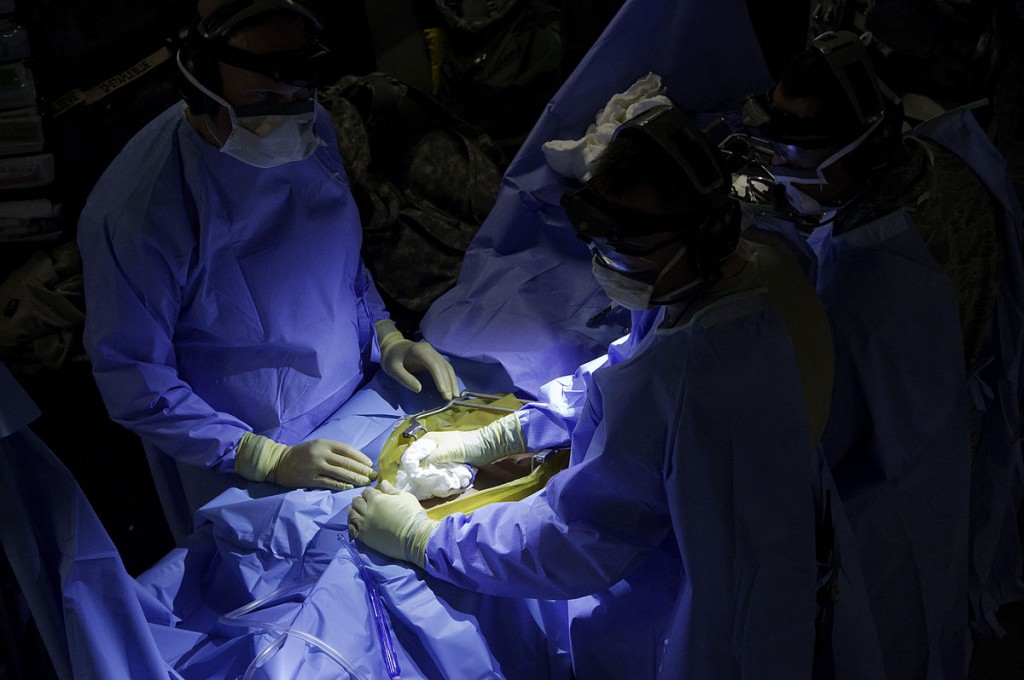Personal injury claims consist of many different types of claims. Those claims included automobile accidents; car crashes; motorcycle accidents, slip and fall accidents, trip and fall accidents, defective products, medical malpractice and many other types and kinds of accidents.
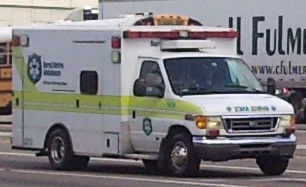
Personal Injury Involving Ambulance Service
Generally, medical malpractice, elder abuse, defective drugs, train crashes and airplane crashes are handled differently then general personal injury claims. Personal injury claims such as automobile accidents; car crashes; motorcycle accidents, slip and fall accidents, trip and fall accidents and general liability claims I have found common factors in the claims handling process.
Often clients feel it “takes too long” to get their cases settled and sometimes feel that the “offers are too low.” First you should know that no two claims are the same. Claims like people are individual and unique.
Why it often takes a long time to settle many personal injury claims, such as automobile accidents; car crashes; motorcycle accidents, slip and fall accidents, trip and fall accidents and general liability claims, is because the claims settlement process requires considerable documentation. An insurance company rarely if ever accepts an attorney’s representations without supporting documentation. Often the smaller the claim, the more difficult it is to settle, particularly when it comes to the “pain and suffering” aspects of the claim. As well, contested liability claims are very difficult to settle the insurance carrier takes the position “our insured did nothing wrong.”
When it comes to claims handling it is constantly entertaining to see how different companies choose individuals to manage its finances: in banks, the lowest paid staff members are usually tellers and count the cash; in a storehouse, the shipping clerk sends out and receives everything owned by the company; and in most accounting departments, a clerk prepares and issue checks giving only the most brief review of the invoice before mailing. Well, the truth is that insurance companies handle personal injury claims including automobile accidents; car crashes; motorcycle accidents, slip and fall accidents, trip and fall accidents and general liability claims about the same way.
My experience has shown that the individual originally assigned to your case will not likely be the adjuster, who will ultimately be responsible for settling your claim. Often they assign a claim to an adjuster or clerk with little experience. In that last few years I have noticed a change with some personal injury insurance carriers and they assign your claim to a “team.” Unfortunately often the “team” has little experience. In any event, the first step in opening a personal injury claim requires the setting of an initial reserve. This requires assigning a value based upon the apparent seriousness of the loss, such as broken bones versus soft tissue only. Unless injuries are serious and self evident, initial claim evaluations made by the insurance company will be unrealistically low, which can lead to a problem settling your case down the road. We try to give the insurance company as much information known to us at the time of the incident but often the extent of personal injuries and other losses are unknown.
The days when these types of personal injury claims, such as automobile accidents; car crashes; motorcycle accidents, slip and fall accidents, trip and fall accidents and general liability claims. ln would be initially reviewed by a claims supervisor no longer exists. Years ago it would be usual for a claims supervisor to review a claim and designate an adjuster with the experience and ability to handle the claim to its conclusion efficiently.

Auttomobile Accidents Between Bues and Cars Are Common and Often Cause Personal Injuries to Drivers and Passengers*
Today with computer programs such Colossus and team approaches I have found that are still “levels of claims” adjuster. An assignment of claim should be based upon the complexity of the claim and seriousness of the injuries, however, often they base claim assignment exclusively on the expected value of the claim, i.e., the reserve the insurance company has set on the claim. By way of example, perceived small claims involving $5,000 or less may all be assigned to a very inexperienced claims handler, and we will call him Bill. But claims that say fall into the $5, 000 to $20,000 range may be assigned to a more experience claims adjuster. claims would be designated to James and more senior claims handler Susan would take the $20,000 to $75,000 claims and a supervisor would take all the claims anticipated to exceed $75,000 in settlement value. These “assignments” are done at the time the claim is initially submitted.
So what happens when your more than $20,000 claim gets assigned to “wrong level?”The fact that they have assigned your claim to an adjuster without sufficient authority does not mean that the adjustor is incompetent or that her supervisor does not respect her/his opinions. Therefore, attorneys need to work with the adjuster to enable them to evaluate your claim properly. Frequently cases / claims get reassigned to a different adjuster. The “new” adjuster now has to get up to speed on your claim.
Keep in mind that many adjusters have caseloads of more than a 125 files often higher, much higher. In order to settle a case, the adjuster needs “documentation.” This includes medical documentation for injuries, documentation for medical expenses, documentation for loss of income. Depending upon whom you have seen for medical care obtaining medical reports and medical records can be very difficult to get because the doctor’s office does not cooperate. I have had cases in which we wait months and months to get such documentation. The same is true for loss of income or for self-employed individuals who cannot provide documentation regarding loss of income. The insurance companies will not accept and pay claims that are not properly documented. All of this takes time. Sometimes clients are unhappy with the delays.
My experience has shown in personal injury cases, involving claims such as automobile accidents, car crashes, motorcycle accidents, slip and fall accidents, trip and fall accidents and general liability accidents, it is common for insurance adjusters to begin negotiations by making a very low first offer. Sometimes, the adjuster will deny all liability for the claim. These negotiation tactics often work because some personal injury attorneys out there accept the first or second lowball offer. Because we must tell clients of all offers, an impatient attorney or client to get, some money will take any amount, I think this is a mistake.
I have had personal injury claims in my office for more than a year but over weeks and months the offers increase often dramatically. I recently settled a personal injury automobile accident claim for $27,500.00, and the original offer on the case was $7,000.00. This case took almost 18 months to settle and the client was very anxious to have his case settled. This case has been through three different adjusters. At one point the client was willing to accept a far lower offer to “get it over.” I told him that it was not a good idea and please follow my advice. He did and we settled his case fairly.
However, as a claimant you need to keep in mind that as a lawyer we need to work with the adjusters to settle a claim. Some of your reading this may believe that “if only my case got in front of jury” they would award me a lot of money. YOU ARE WRONG. On some cases, particularly smaller “fender bender” cases, resorting to litigation / filing a lawsuit is often losing proposition FOR YOU.
The fact is that personal injury claims such as involving claims such as automobile accidents, car crashes, motorcycle accidents, slip and fall accidents, trip and fall accidents and general liability accidents (Tort cases, as they are called) have been on the decline for decades. According to the National Center for State Courts (NCSC), tort cases declined by 25 percent between 1999 and 2008 and are still on the decline. The belief that juries or judges award large amounts is wrong. The fact is that most lawsuits result in comparatively small verdicts.
Lawsuits are very expensive. No law firm can afford to accept weak or frivolous cases. In California I have found that jurors are usually fairly smart, not easily fooled and are not very sympathetic with soft tissue personal injury claims. It takes the average lawyer and law firm between 100-500 hours of time and thousands of dollars in court costs to prepare for a trial. The entire process often takes between 2 and 5 years – even a simple fender-bender case. The expense for even a simple jury trial begins at around $15,000.00. Unless your case is in limited jurisdiction you need live expert testimony concerning medical care, treatment and charges. If you have seen several physicians, chiropractors or other healthcare providers, most or all need to be called at the time of trial. Expert fees even for treating physicians, chiropractors or other healthcare providers can run into thousands of dollars.
Current studies show that personal injury claims involving back and neck strains in California have a median verdict of $10,885 ! ! ! So a jury trial can cost more than you are likely to recover. Now some of you may be thinking that does not happen often, YES IT DOES. Here are some examples:
2012 Corbin v. Pascarella $10,400 Verdict. The defendant hits plaintiffs’ vehicle in an intersection. Plaintiff’s 13-year-old daughter claimed lower back, necks, and shoulder pain because of the collision. Plaintiff (mother) settles her claim before trial. A Los Angeles County jury awards $10,400 to the daughter
2012 Messina v. Bayne $11,430 Verdict. Plaintiff is stopped with traffic when his vehicle is hit from behind. Initially plaintiff only took one day off and returned to his work at a supermarket. Shortly after the incident he sees a chiropractor for four visits. Plaintiff claims a “10 out of 10” on the pain scale. He changes chiropractors and gets additional treatment and he later takes an additional 11 days off of work. He receives physical therapy for about 8 months from February 2010 to November 2010. Defendant / Farmers Insurance Company contests the need for the “second” chiropractor visits and treatments. Defendant / Farmers Insurance Company denies that the plaintiff’s claim for lost wages beyond the first day were unreasonable. The jury award likely shows what the jury thought of the claim. .
2013 – Reveles v. O’Neal $5,000 Verdict. Defendant driver crossed double yellow line and collided into oncoming car. The plaintiff suffered injuries. Plaintiff had medical bills of about $70,000, but the medical expenses were not allowed to go to the jury because a medical expert was not called. The injuries appeared to be mainly soft tissue. A San Diego County jury awarded $5,000, which is paid by defendant’s insurance, Commerce West Group.
THE TAKE AWAY?
Be patient, and patience is a truly a virtue in settlement negotiations. Although you may “need” the money now, it is rarely to your advantage to “hurry through the process.” Allow your attorney to their job. Most attorney’s will give you good advice on these types of claims.
Believe me, claims adjusters are pretty good at sensing anxiety. If your attorney shows anxiousness, the adjuster will likely change her/his focus away from the settlement, and on the sense of desperation. The adjuster will likely then base further settlement discussions on that sense of anxiety, rather than the facts of the claim.
Does the adjuster have to treat you / your claim fairly? The simple answer is no. Under California law on third party claims, law does not bind the adjuster to treat you fairly. California does not recognize third party bad faith claims.
My advice is simple, stay calm. If you have trust and faith in your attorney allow him or her to do their job. If you do not have confidence in your attorney, well that is another story for another day.
In the event you have suffered or a loved one has suffered a personal injury from any type of incident (automobile accidents; car crashes; motorcycle accidents, slip and fall accidents, trip and fall accidents, defective products, medical malpractice and many other types and kinds of accidents) you should contact a personal injury attorney.
Richard M. Katz, Esq., is a Pasadena personal injury lawyer. We handle personal injury claims we specialize in accident, medical malpractice and Kaiser Permanente malpractice claims.
I am here to answer your questions and give you help. For a free consultation, please feel free to give me a call. 626-796-6333. My office is located at 1122 East Green Street, Pasadena, California, 91106
*The Bus New Flyer Accident, public domain, by Daniel Ramirez


